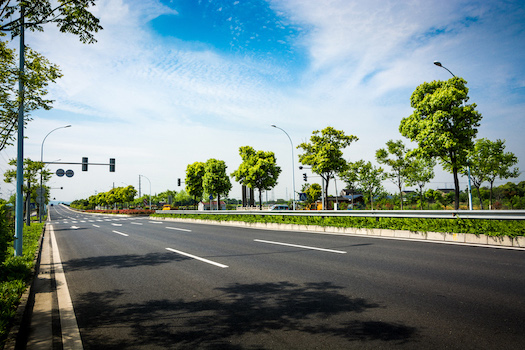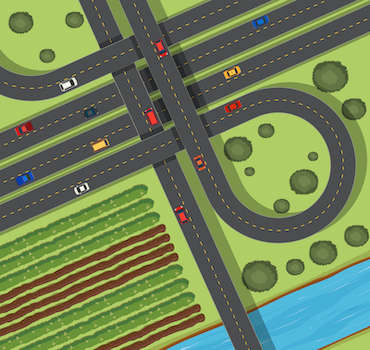If you’ve ever been confused about the terms “highway” and “freeway,” you’re not alone. Both are essential parts of our road infrastructure, yet they have distinct characteristics. Let’s dive into the differences in a friendly and straightforward way, so you’ll be able to impress your friends with some cool transportation trivia!
What Is a Highway
A highway is a major public road that connects towns and cities. It can have multiple lanes and higher speed limits compared to local streets. However, not all highways are created equal. Here’s what you need to know:

- Access and Intersections: Highways can have intersections with other roads, traffic signals, and pedestrian crossings. This means you might encounter stoplights or need to yield to cross-traffic while driving on a highway.
- Speed Limits: The speed limits on highways are generally lower than on freeways. You can expect to see limits ranging from 55 mph in rural areas to 65 mph in more populated regions.
- Locations: Highways can be found in both urban and rural areas, providing vital connections across cities and states.
Highways are versatile and cater to various types of traffic, from local commutes to longer interstate travel. However, they do have more traffic interruptions compared to freeways.
What Is a Freeway
Freeways are a subset of highways designed for faster, uninterrupted travel. Here are the key features:

- Controlled Access: Freeways are known as controlled-access highways. This means you can only enter or exit a freeway via ramps, eliminating intersections and stoplights. This design allows for a smoother flow of traffic.
- Speed Limits: Freeways typically have higher speed limits, often ranging from 65 to 80 mph. The goal is to facilitate quick and efficient travel over long distances.
- Design and Location: Freeways are often found in urban areas but also connect cities and suburbs. They have divided lanes with medians or barriers to separate opposing traffic flows, enhancing safety and reducing the risk of collisions.
In essence, freeways are built for speed and efficiency, allowing drivers to travel long distances with minimal interruptions.
Key Differences Between Highway And Freeway
To summarize, here are the main differences between highways and freeways:
- Access Points:
- Highways: Can have intersections, traffic signals, and pedestrian crossings.
- Freeways: Controlled access via ramps, no intersections or stoplights.
- Speed Limits:
- Highways: Generally lower, often between 55-65 mph.
- Freeways: Higher, typically between 65-80 mph.
- Traffic Flow:
- Highways: More interruptions due to intersections and traffic signals.
- Freeways: Uninterrupted flow with higher speed travel.
- Location:
- Highways: Found in both urban and rural areas.
- Freeways: Mainly in urban areas, connecting cities and suburbs.
- Safety Features:
- Highways: May or may not have dividers between opposing traffic.
- Freeways: Always have dividers or barriers for enhanced safety.
Fun Fact
Did you know that the famous Autobahn in Germany, often considered the ultimate freeway, has sections with no speed limits? Drivers can sometimes clock in at speeds over 80 mph, making it one of the fastest road networks in the world.
Final Thoughts
Understanding the difference between highways and freeways can enhance your driving experience and help you navigate the roadways more effectively. Highways offer flexibility with various access points and lower speed limits, while freeways provide a high-speed, uninterrupted travel experience. Now you’re equipped with the knowledge to differentiate between the two and share some interesting facts on your next road trip!
Feel free to hit the road with confidence and enjoy the journey, whether you’re cruising on a highway or speeding along a freeway!





